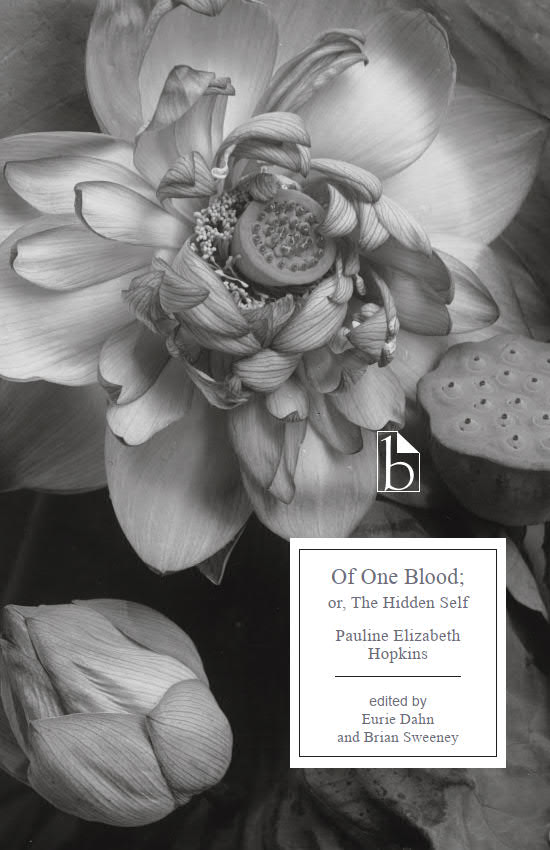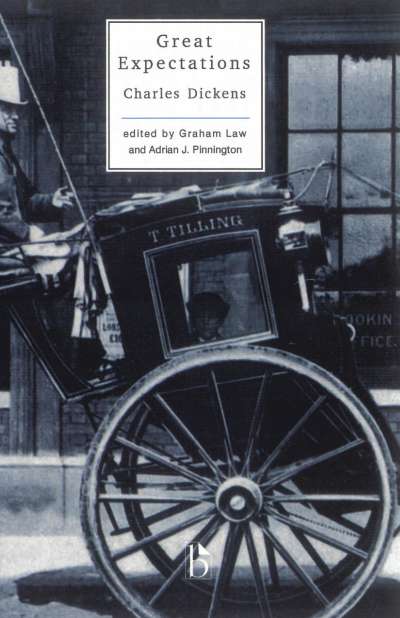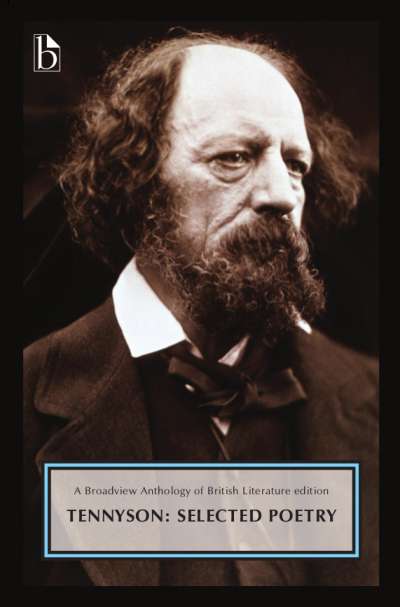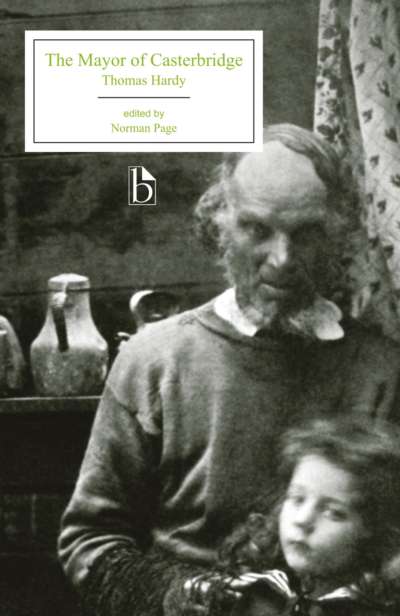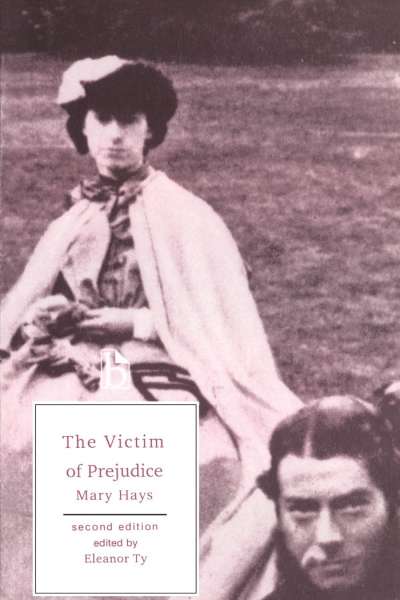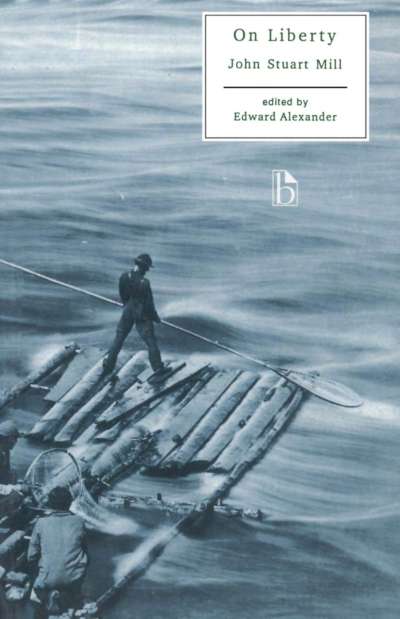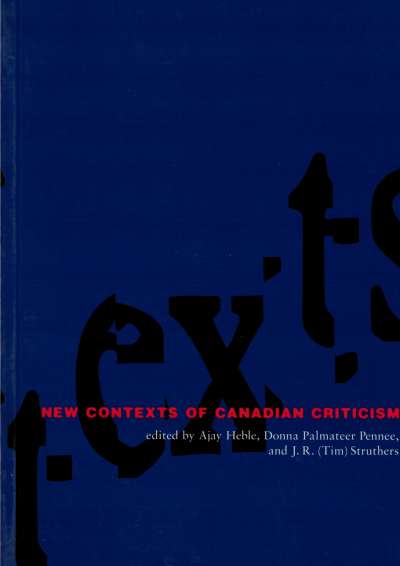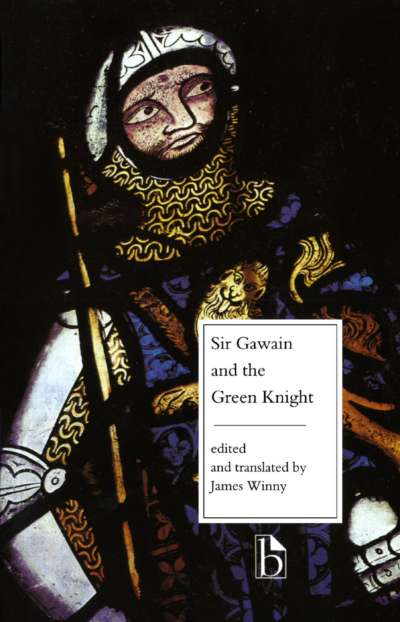
The Afrofuturist plot of Pauline E. Hopkins’s Of One Blood (1902–03) weaves together a lost African city, bigamy, incest, murder, ancient prophecies, a thwarted leopard attack, racial passing, baby switching, mesmerism, and hauntings—both literal ghost hauntings and metaphoric hauntings from the sins of slavery. This Broadview Edition offers for the first time annotations and appendices that contextualize the novel in relation to magazines, Black feminism, travels to Africa, racial discourses, scientific and medical debates, and musical culture.
The introduction to this edition surveys current debates about Hopkins’s textual borrowings from other contemporary writings, and the appendices provide extensive materials on the novel’s cultural, musical, and political contexts.
Comments
“Broadview’s edition of Pauline E. Hopkins’s Of One Blood identifies and contextualizes Hopkins’s wide-ranging and varied inspirations, sources, and allusions in a manner that helps readers trace and understand how she employed her craft to perform ‘historical recovery in the service of racial justice.’ Eurie Dahn and Brian Sweeney’s brilliant introduction and meticulously researched notes bring Hopkins’s voice to life and illuminate her position as one of the foremost African American intellectuals of the early twentieth century. The breadth and depth of primary contemporaneous sources that Dahn and Sweeney have assembled raise the bar for scholarly editions.” — Alisha Knight, Washington College
“Dahn and Sweeney’s edition of Hopkins’s Of One Blood; or, The Hidden Self strongly grounds the novel in the context of its publication in the Colored American Magazine and of relevant contemporaneous texts and ideas. Its wealth of background and archival material and meticulous elucidation of many of Hopkins’s textual ‘borrowings’ provide multiple inroads for the study of the novel and a tremendous resource for students, instructors, and scholars.” — Julie Fiorelli, Loyola University Chicago
List of Illustrations
Acknowledgements
Introduction
Pauline Elizabeth Hopkins: A Brief Chronology
A Note on the Text
Of One Blood; or, The Hidden Self
Appendix A: Pauline Hopkins and the Colored American Magazine
- 1. From “Rise of the Black Republic: Miss Pauline E. Hopkins Lectures at Tremont Temple,” Boston Post (18 October 1889)
- 2. “Pauline E. Hopkins,” Colored American Magazine (January 1901)
- 3. From Pauline E. Hopkins, Dedication and Preface, Contending Forces (1900)
- 4. From “Editorial and Publishers’ Announcements,” Colored American Magazine (May 1900)
- 5. From R.S. Elliott, “The Story of Our Magazine,” Colored American Magazine (May 1901)
- 6. “Powerful Serial Stories,” from “Announcement for 1902,” Colored American Magazine (November 1901)
- 7. Cover, Colored American Magazine (March 1903)
- 8. “An Interesting Publication,” Colored American [newspaper] (4 April 1903)
- 9. Synopsis of Of One Blood, Colored American Magazine (November 1903)
- 10. Crane and Co. Cosmetics Advertisement, Colored American Magazine (March 1903)
- 11. From “Editorial and Publishers’ Announcements,” Colored American Magazine (October 1903)
- 12. From “Editorial and Publishers’ Announcements,” Colored American Magazine (March 1903)
- 13. From “Editorial and Publisher’s Announcements,” Colored American Magazine (May–June 1903)
- 14. From Pauline E. Hopkins, “How a New York Newspaper Man Entertained a Number of Colored Ladies and Gentlemen at Dinner in the Revere House, Boston, and How the Colored American League Was Started,” Colored American Magazine (March 1904)
- 15. From Pauline E. Hopkins, Letter to W[illiam] M[onroe] Trotter (16 April 1905)
- 16. From “Publishers’ Announcements,” Colored American Magazine (November 1904)
- 17. From “The Colored Magazine in America,” Crisis (November 1912)
Appendix B: Black Feminist Activism
- 1. From Pauline E. Hopkins, “Famous Women of the Negro Race: IV. Some Literary Workers,” Colored American Magazine (March 1902)
- 2. From Josephine St. Pierre Ruffin, “Address of Josephine St. P. Ruffin, President of Conference,” Woman’s Era (August 1895)
- 3. From Victoria Earle Matthews, “The Value of Race Literature” (30 July 1895)
- 4. From Ida B. Wells, Southern Horrors: Lynch Law in All Its Phases (1892)
- 5. From Anna Julia Cooper, “The Status of Woman in America,” A Voice from the South (1892)
Appendix C: “Of One Blood”
- 1. From Plessy v. Ferguson (1896)
- 2. Acts of the Apostles 17.22–33
- 3. From Frederick Douglass, The Claims of the Negro, Ethnologically Considered (1854)
- 4. From Harriet Jacobs, Incidents in the Life of a Slave Girl, Written by Herself (1861)
- 5. From W.E.B. Du Bois, “Of Our Spiritual Strivings,” The Souls of Black Folk (1903)
- 6. From Francis Marion Crawford, Casa Braccio (1894)
- 7. From Pauline E. Hopkins (as J. Shirley Shadrach), “Furnace Blasts: II. Black or White?—Which Should Be the Young Afro-American’s Choice in Marriage?,” Colored American Magazine (March 1903)
Appendix D: Hopkins’s Africa
- 1. From John Milton, Paradise Lost (1667, 1674)
- 2. From John Hartley Coombs, editor, Dr. Livingstone’s 17 Years’ Explorations and Adventures in the Wilds of Africa (1857)
- 3. From A.F. Jacassy, “African Studies: I. Tripoli of Barbary,” Scribner’s Magazine (January 1890)
- 4. From Noel Ruthven, “In the Claws,” Frank Leslie’s Popular Monthly (January 1884)
- 5. From N. Robinson, “The Colossal Statues of Egypt and Asia,” Frank Leslie’s Popular Monthly (January 1884)
- 6. From G.A. Hoskins, Travels in Ethiopia, Above the Second Cataract of the Nile (1835)
- 7. From Pauline E. Hopkins, “Famous Women of the Negro Race: VII. Educators (Continued),” Colored American Magazine (June 1902)
- 8. Frances Ellen Watkins Harper, “Ethiopia” (1854)
- 9. From H. Rider Haggard, She: A History of Adventure (1887)
- 10. Sarah Morgan Bryan Piatt, “The Black Princess,” Independent (26 December 1872)
- 11. From W.E.B. Du Bois, “To the Nations of the World” (25 July 1900)
- 12. From Pauline E. Hopkins, A Primer of Facts Pertaining to the Early Greatness of the African Race and the Possibility of Restoration by Its Descendants—with Epilogue (1905)
Appendix E: Mesmerism, Spiritualism, and Professional Medicine
- 1. From William James, “The Hidden Self,” Scribner’s Magazine (March 1890)
- 2. Pauline E. Hopkins, “The Mystery Within Us,” Colored American Magazine (May 1900)
- 3. From Emma Hardinge [Britten], “The Improvvisatore, or Torn Leaves from Life History” (1861)
- 4. From “The Haunted Voice,” Frank Leslie’s Popular Monthly (December 1884)
- 5. From J.P.F. Deleuze, Practical Instruction in Animal Magnetism (1837)
- 6. From The History and Philosophy of Animal Magnetism, with Practical Instructions for the Exercise of This Power, by a Practical Magnetizer (1843)
- 7. “Discovers the Secret of Life: Indiana Physician Asserts It Is Volatile Magnetism, Which Exists in the Air,” Boston Daily Globe (29 September 1902)
- 8. From W.E.B. Du Bois, editor, The College-Bred Negro: Report of a Social Study Made Under the Direction of Atlanta University (1900)
- 9. Abraham Flexner, “The Medical Education of the Negro,” Medical Education in the United States and Canada (1910)
Appendix F: Musical Culture
- 1. From Pauline E. Hopkins, “Famous Women of the Negro Race: I. Phenomenal Vocalists,” Colored American Magazine (November 1901)
- 2. From Theodore Drury, “The Negro in Classic Music; or, Leading Opera, Oratorio and Concert Singers,” Colored American Magazine (September 1902)
- 3. Advertisement for Theodore Drury Opera Company’s Aida, Colored American Magazine (March 1903)
- 4. Poster for Fisk University Jubilee Singers Concert (c. 1885)
- 5. “Go Down, Moses,” from The Story of the Jubilee Singers; with Their Songs (1876)
- 6. From Frederick Douglass, Narrative of the Life of Frederick Douglass, an American Slave, Written by Himself (1845)
- 7. From W.E.B. Du Bois, “Of the Sorrow Songs,” The Souls of Black Folk (1903)
- 8. From James Weldon Johnson, “Preface,” The Book of American Negro Poetry (1922)
Works Cited and Select Bibliography
Eurie Dahn is Professor of English at the College of Saint Rose. Brian Sweeney is Professor of English at the College of Saint Rose.


